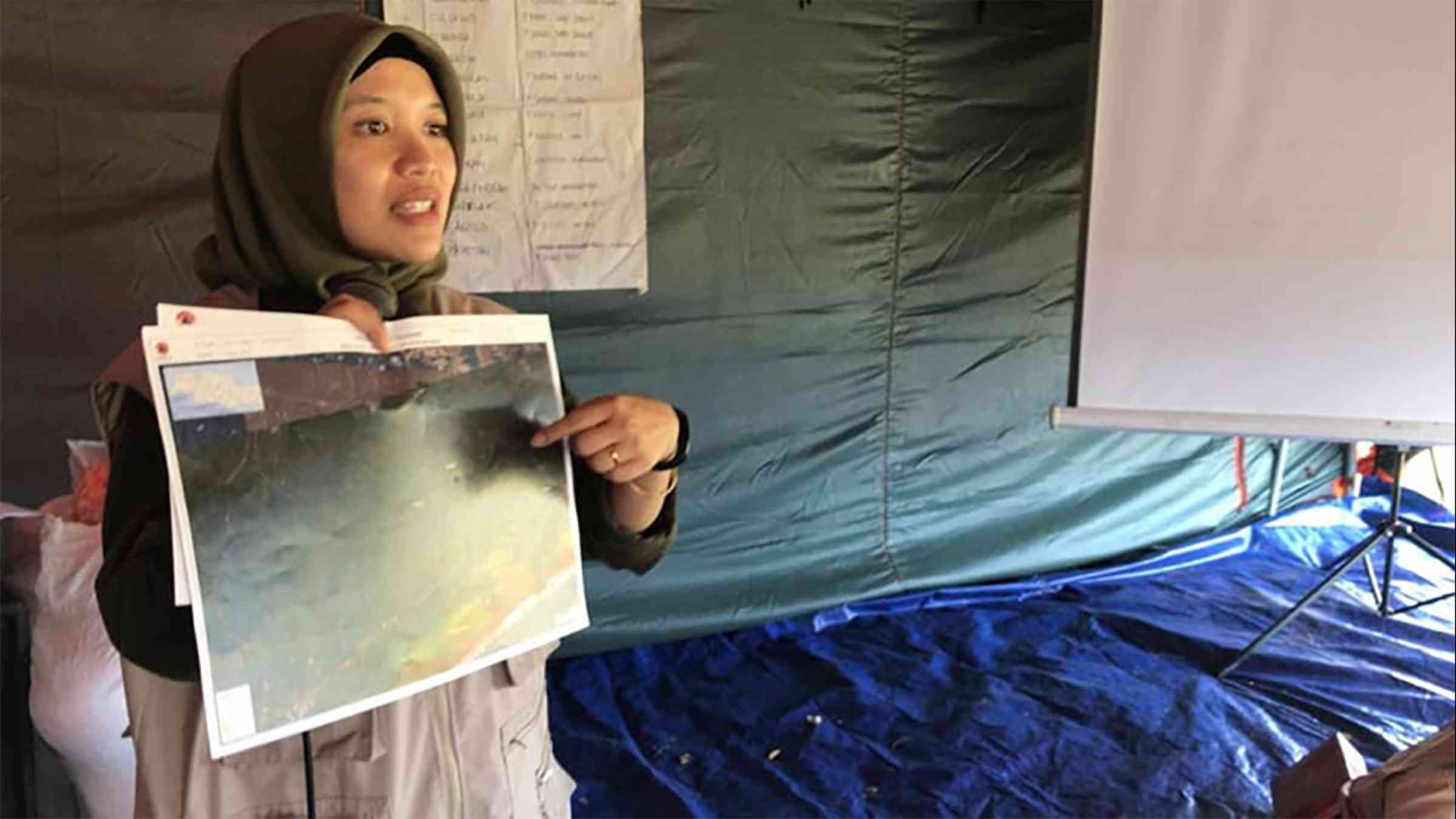On the third day of the World Conference on Disaster Risk Reduction in Sendai, Japan, David Johnston, chair of the IRDR Science Committee, delivered the official statement of the Science and Technology Major Group to the conference.
In it, the community acknowledges the strong call in the draft of the new framework for science to support the understanding of disaster risk and promote risk-informed decisions and risk sensitive planning from the local to the global levels.
 David Johnston delivering the statement to the 3rd World Conference on Disaster Risk Reduction. Photo: ICSU
David Johnston delivering the statement to the 3rd World Conference on Disaster Risk Reduction. Photo: ICSU
“The success of the post-2015 framework hinges on creating and implementing policies that are built on the best available knowledge. The scientific community stands ready to provide that knowledge and to play its part beyond Sendai, and beyond 2015,” the statement said.
Based on the statement, the scientific and technological community is committed to supporting the implementation and monitoring of the Framework in multiple ways, which includes:
- Assessment. Science can provide analytical tools to assess and advance our knowledge of hazard, risk, and underlying risk drivers. It can also evaluate the need for a regular, independent, policy-relevant international assessment of available science on disaster risk reduction, resilience and transformation to achieve a more comprehensive view of disaster risk.
- Synthesis. To facilitate the uptake of scientific evidence in policy-making, we need to synthesize it in a timely, accessible and policy-relevant manner.
- Scientific advice. To translate knowledge into solutions, the science community can provide advisory capabilities integrating all fields of science, technology and innovation in collaboration with practitioners and policy-makers.
- Monitoring and review. The science and technology community is ready to support the development of science-based indicators, common methodologies and processes to harness data and information to promote their availability and use at different scales.
- Communication and engagement. We need to build closer partnerships between policy and research and between researchers themselves. We need to improve the communication of scientific knowledge to facilitate evidence-based decision-making at all levels of government and across sectors of society.
- And finally, capacity building. Risk literacy needs to be promoted through curricular reform, professional training and life-long learning across all sectors of society.
David Johnston also shared examples of scientific and technological initiatives supporting disaster risk reduction such as the Global Earthquake Model that provides visual tools to better communicate earthquake risk, the Peri-Peri U initiative that builds partnerships across African universities to build capacity and support locally relevant research and the DATA project of the Integrated Research on Disaster Risk (IRDR) programme that works to harmonize disaster loss data. He further stated that the International Council for Science and the International Social Science Council are conducting a review of scientific knowledge available to date to support disaster risk reduction and management.
The full text of the statement can be downloaded as a PDF here.
The video recording of the Science & Technology Major Group’s statement to WCDRR is available here: http://webtv.un.org/meetings-events/watch/representative-from-the-science-and-technology-major-group-6th-plenary-meeting/4113991259001





